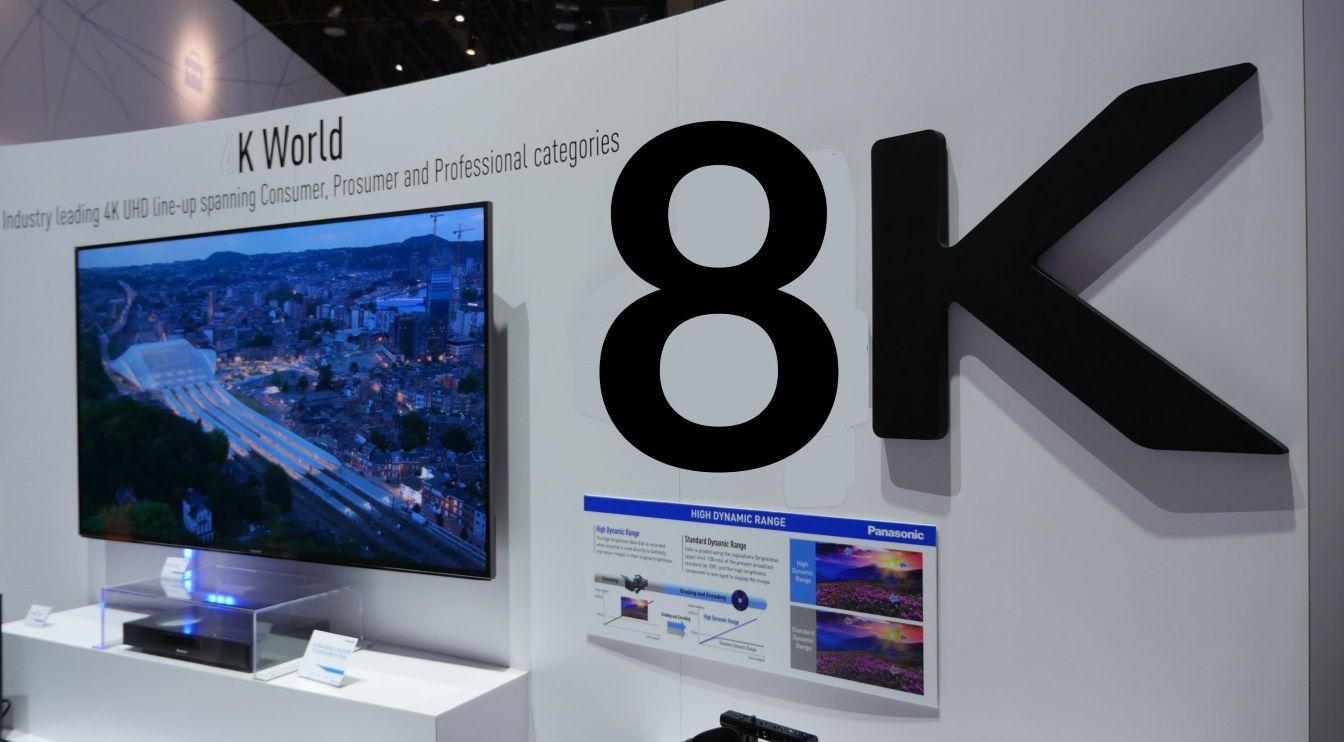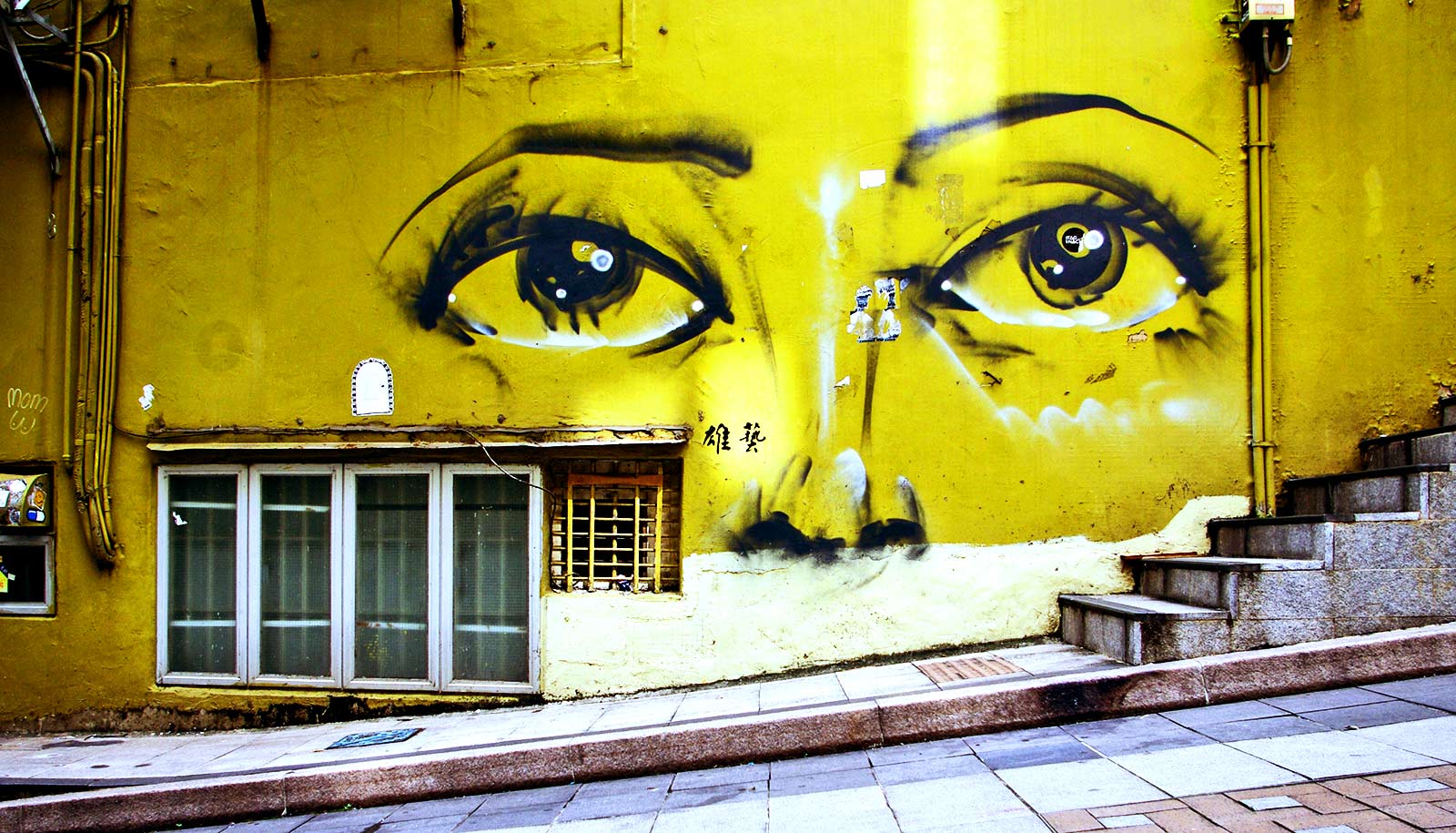See more about #SpaceWeather: http://www.esa.int/Our_Activities/Operations/Space_Situation…WE_Segment
Category: electronics – Page 81


New 2D sensors can cover any smooth surface
But researchers have a new way to keep the materials and their associated circuitry, including electrodes, intact as they’re moved to curved or other smooth surfaces.
The results of their work appear in the journal ACS Nano.

Camera Can Record At 10 Trillion Frames Per Second
This camera can capture photons of light in slow motion 📷.
See the 3D Images Produced by the First Full-Body Medical Scanner
Even the device’s creators were impressed by the clarity of the images.
These 3D-printed smart devices don’t need batteries or electronics
Researchers at the University of Washington have developed 3D-printed objects that can transmit and store data about their use without the need for batteries or electronics.
World’s first full-body medical scanner generates astonishing 3D images
After over a decade of development, the world’s first full-body medical scanner has produced its first images. The groundbreaking imaging device is almost 40 times faster than current PET scans and can capture a 3D picture of the entire human body in one instant scan.